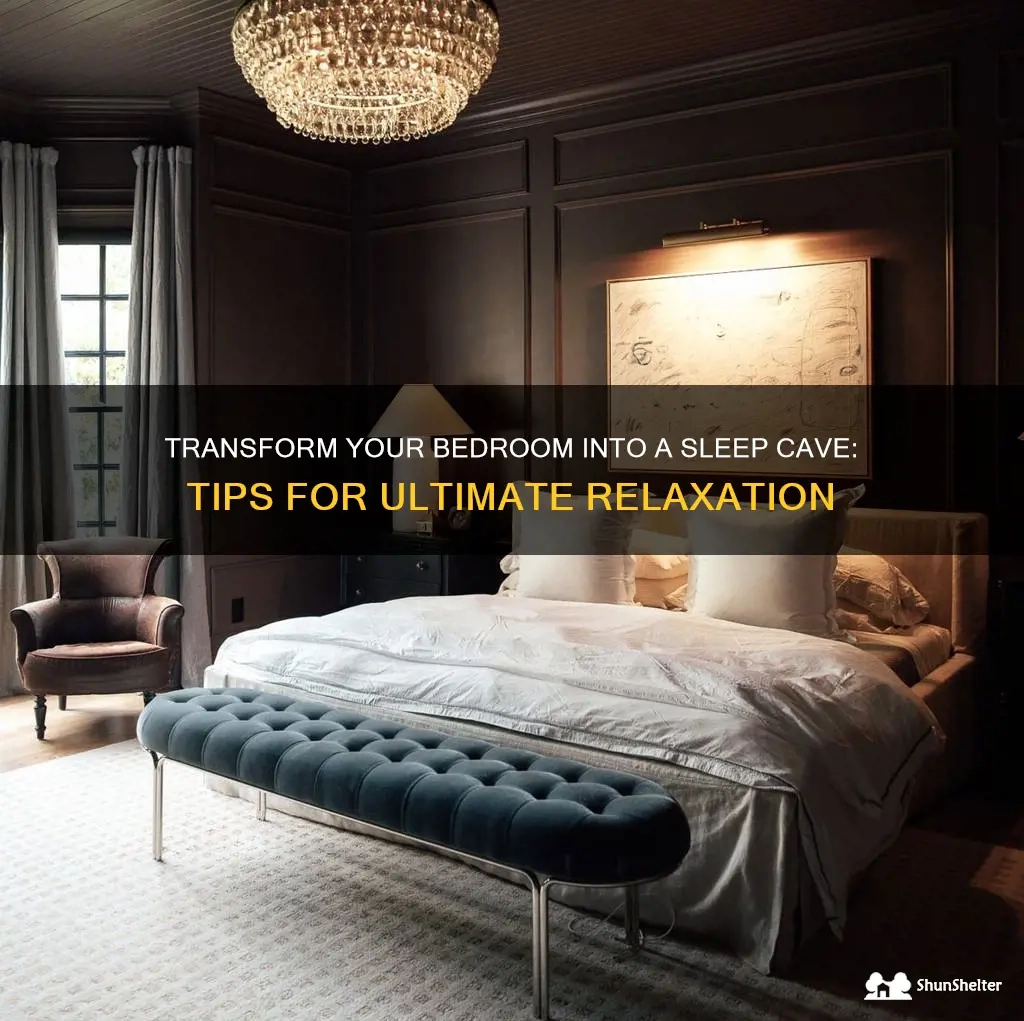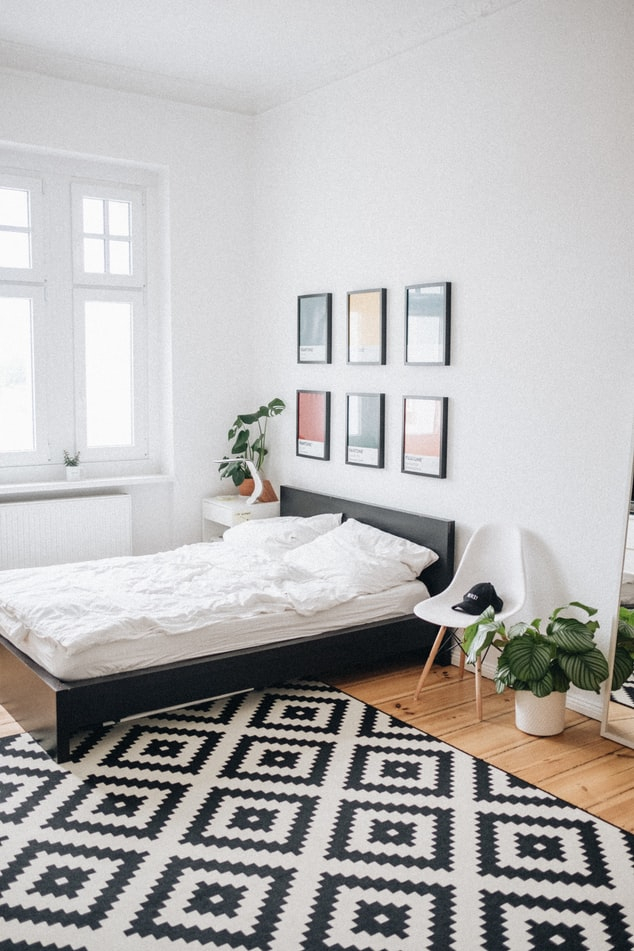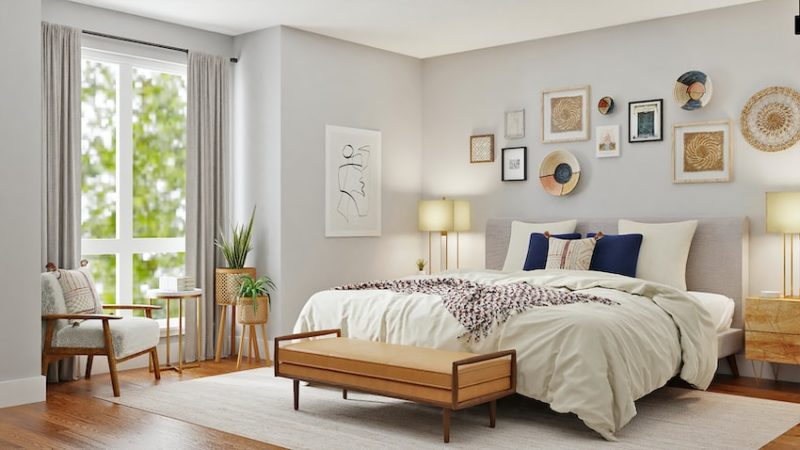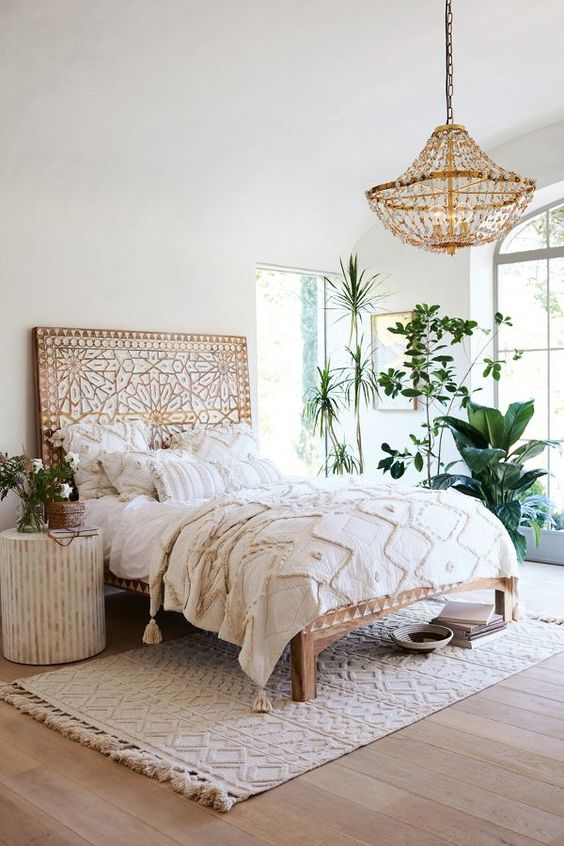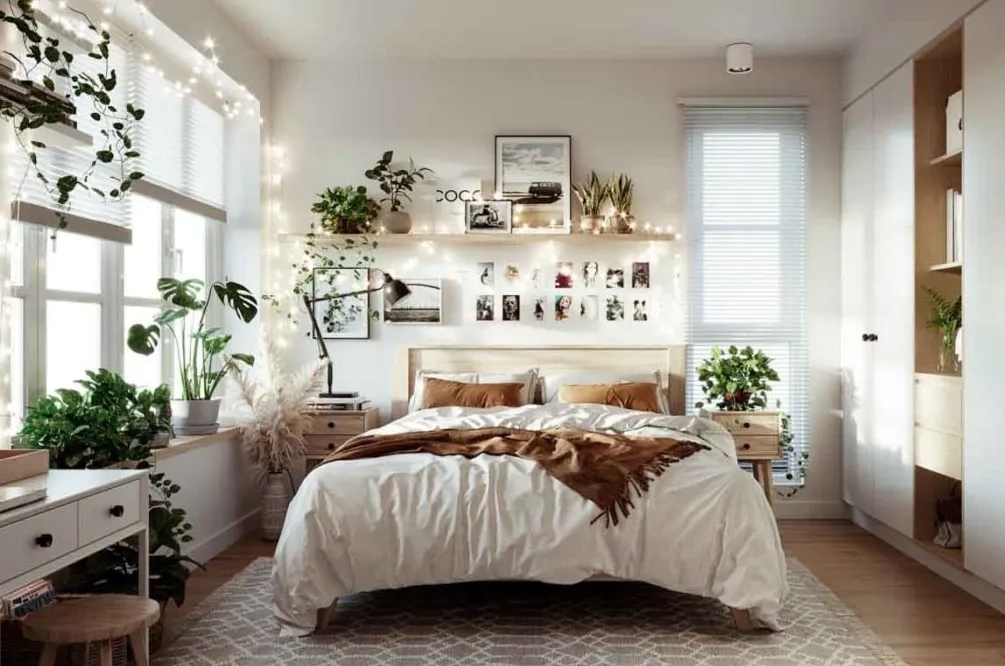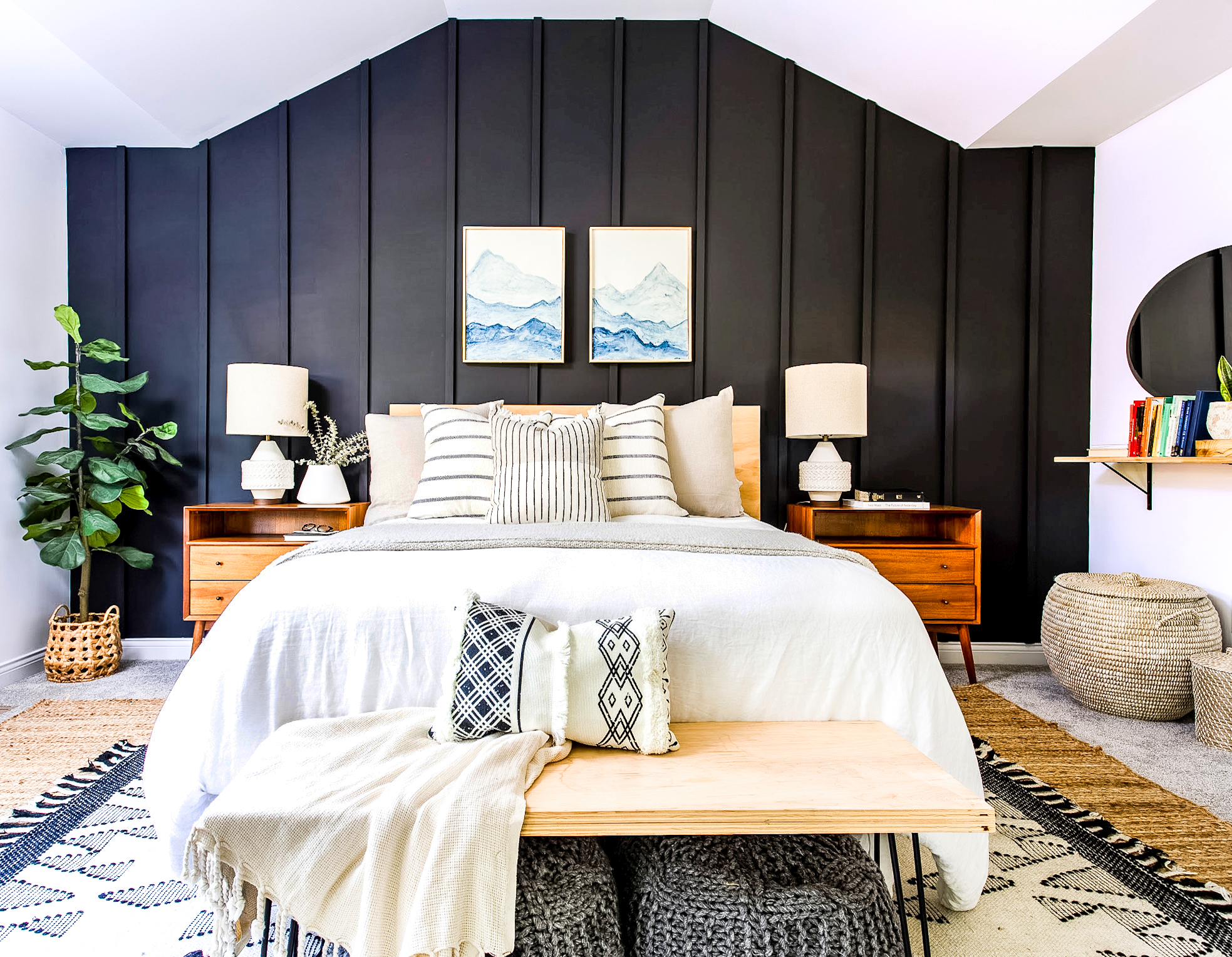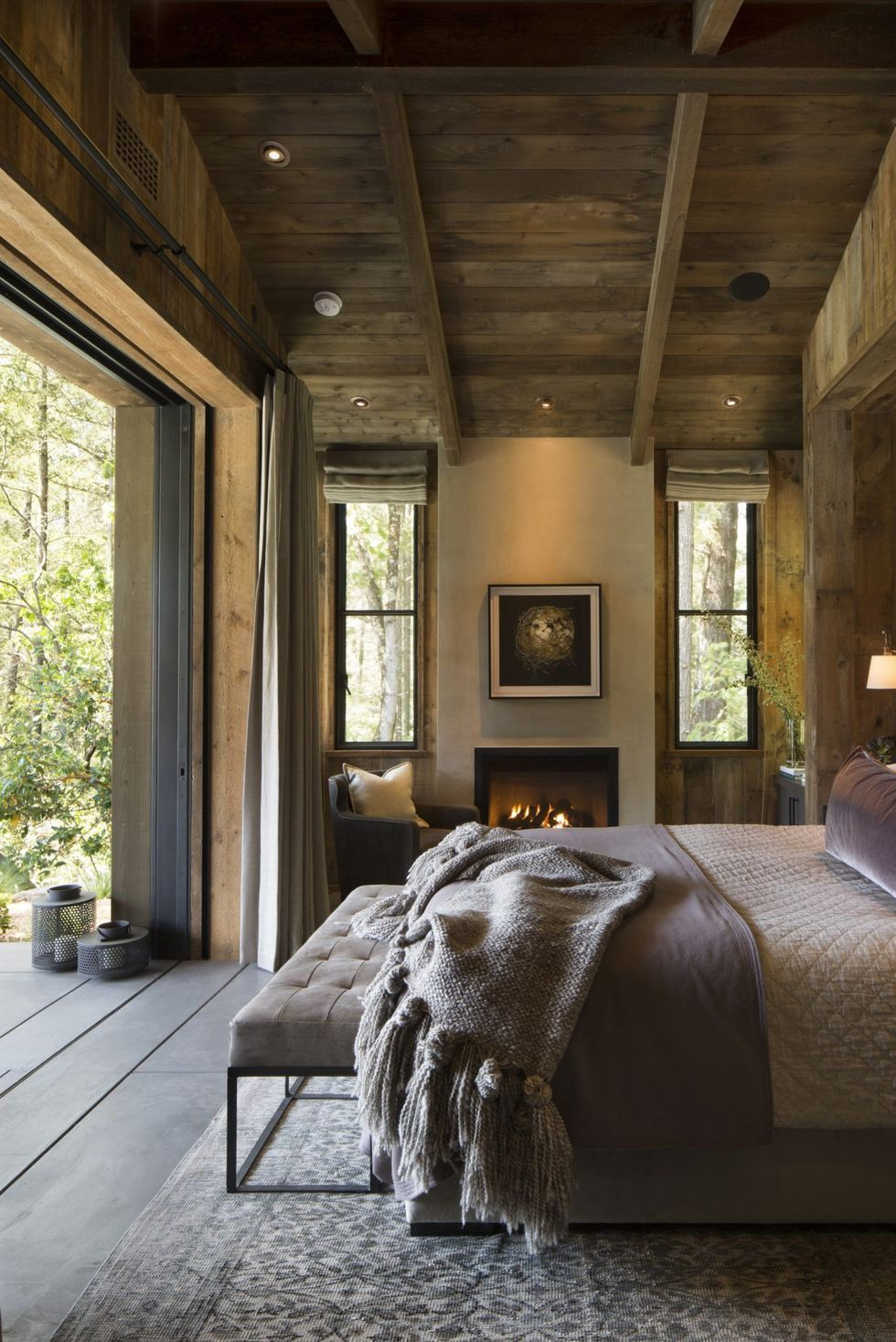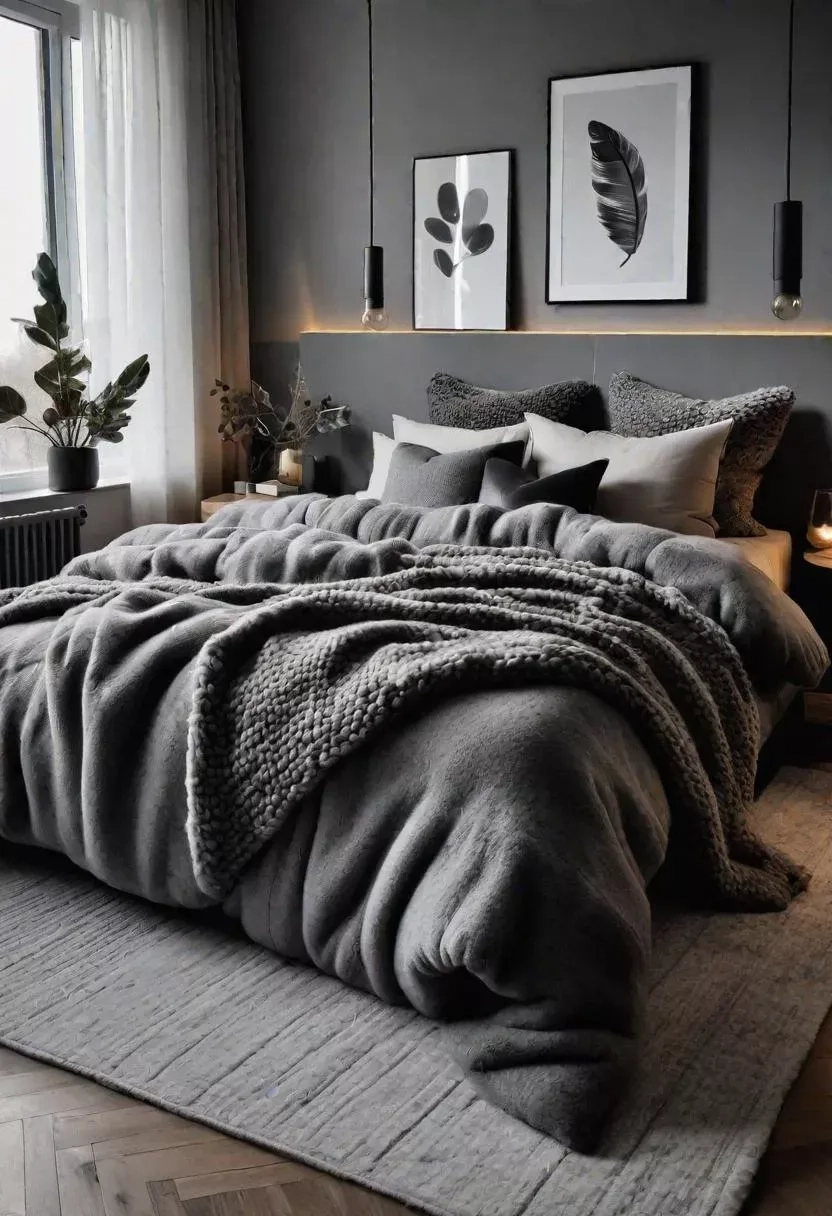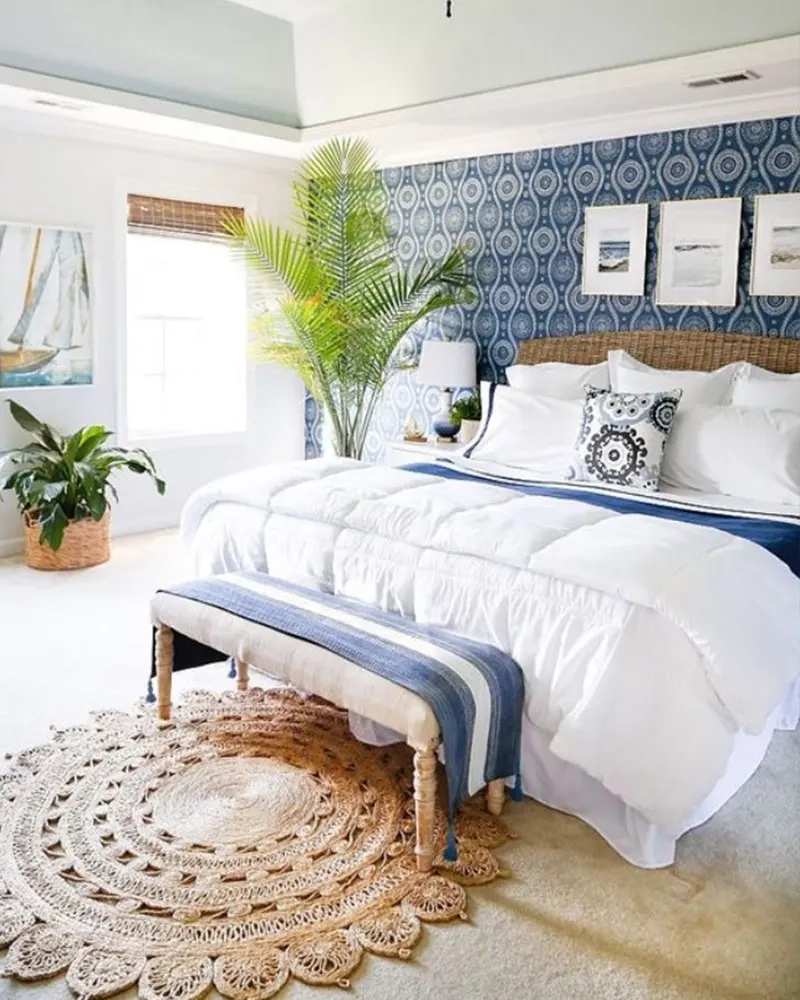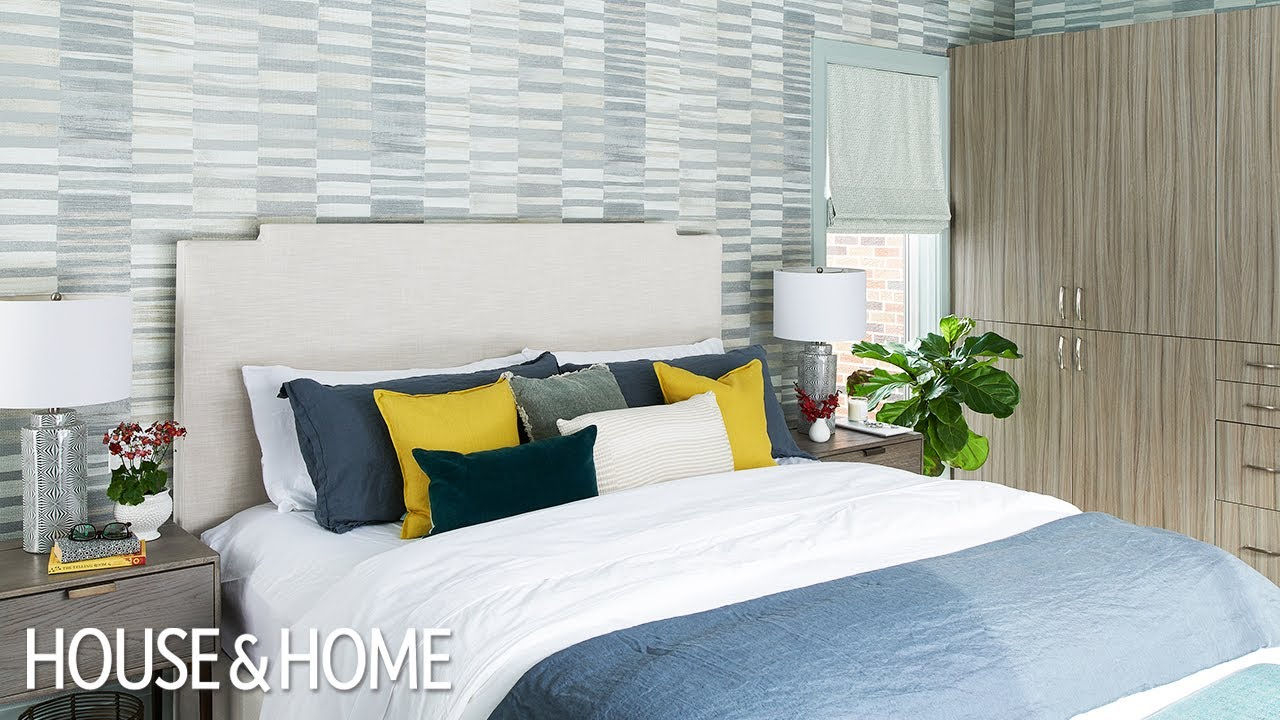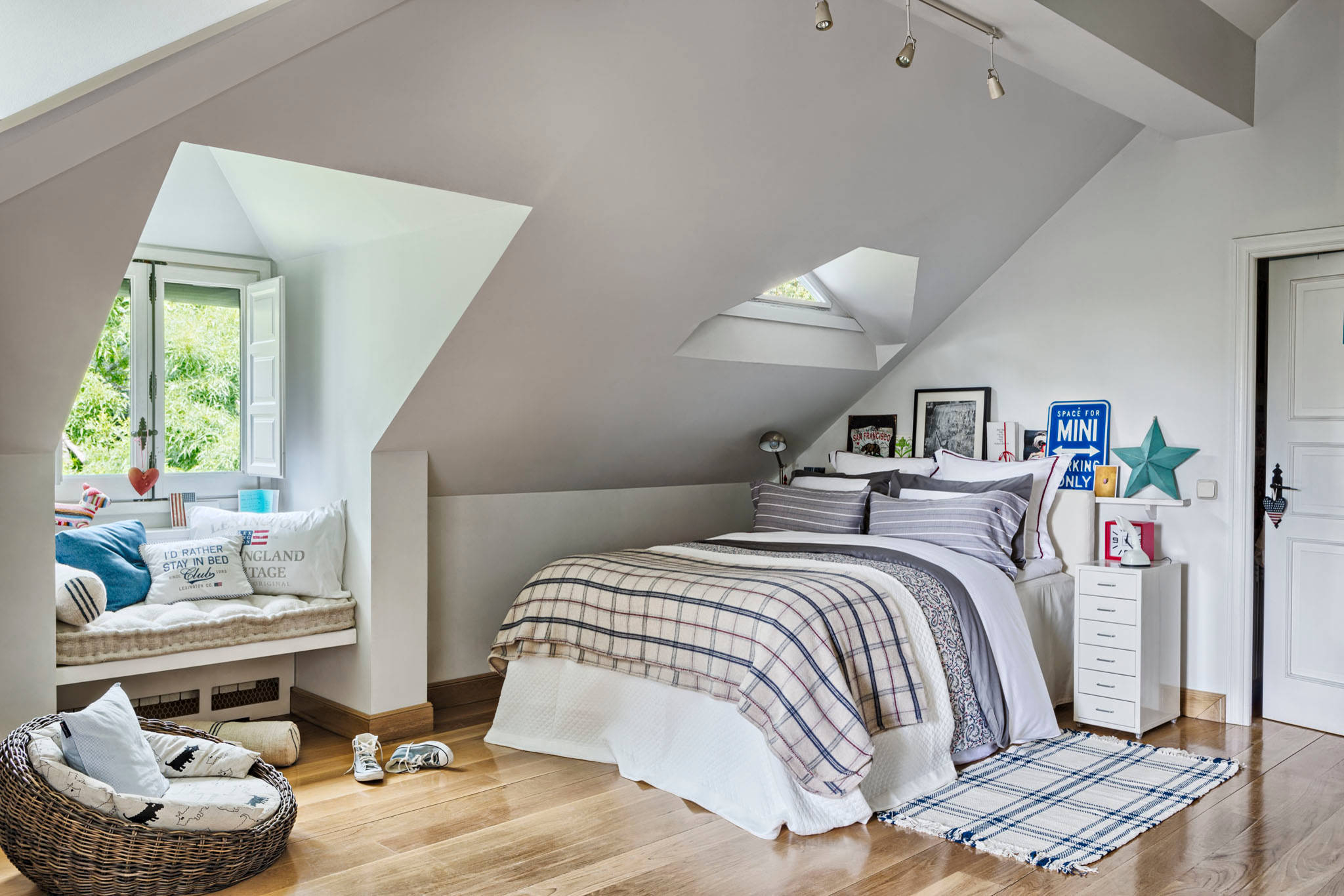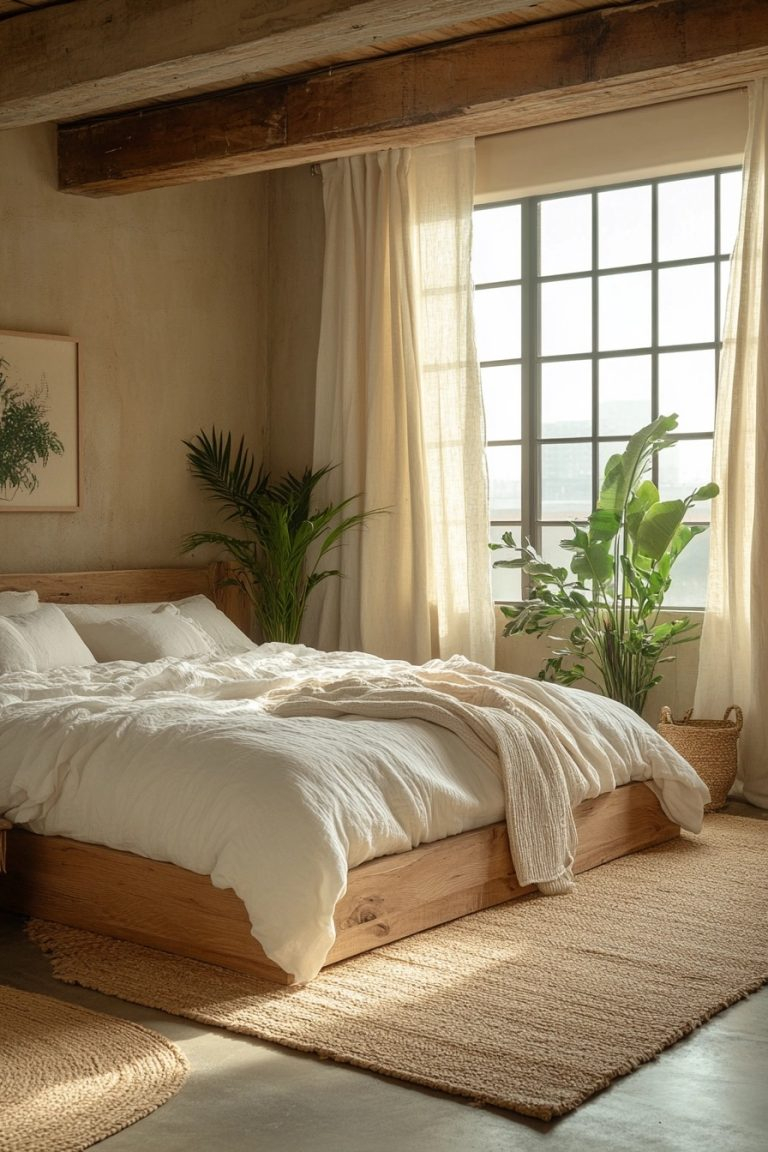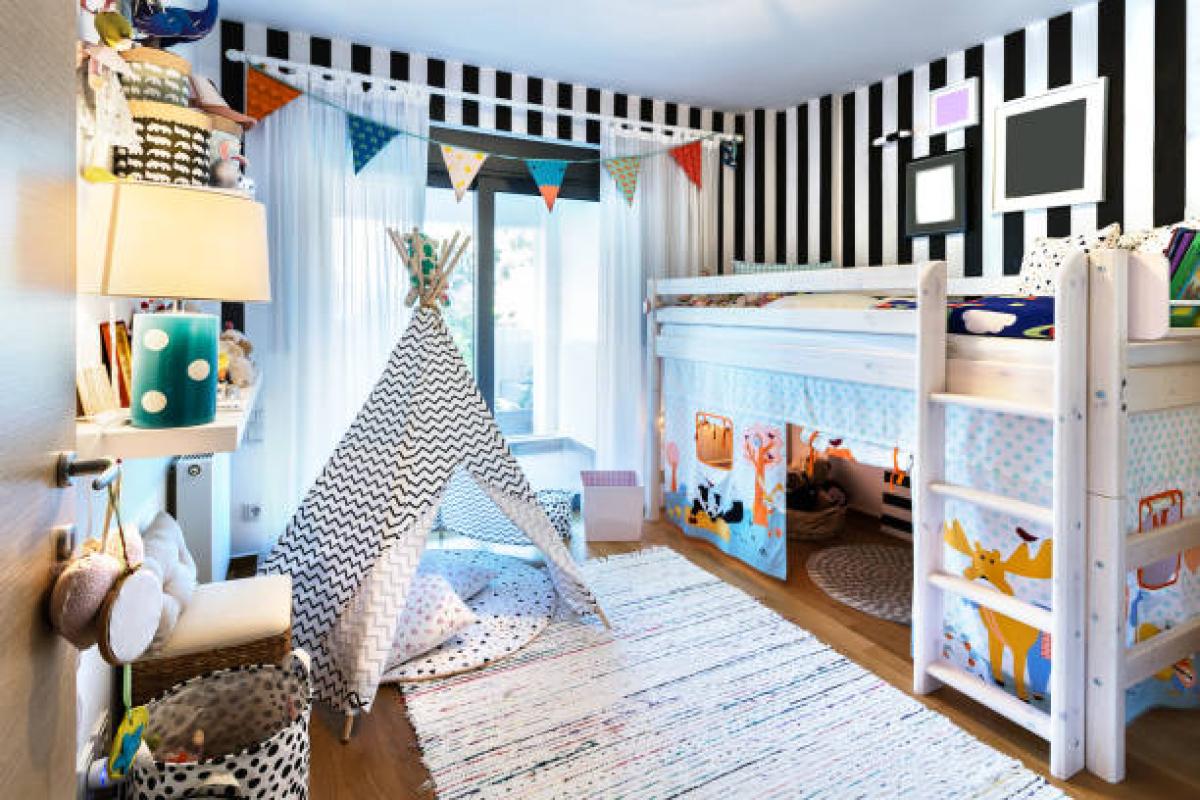In the hustle and bustle of daily living, our bedrooms often become more than just a place to sleep; they transform into personal sanctuaries. Imagine a space where the day’s worries melt away the moment you step inside, replaced by a profound sense of peace and comfort. This isn’t just a dream; it’s an achievable reality. Let’s explore how to cultivate that serene atmosphere right within your own home.
We all crave a space that feels like a true escape, a place where we can recharge our batteries and find a moment of quiet. Your bedroom should be that place. It’s where you start and end your day, so making it a haven of tranquility can profoundly impact your well-being. It’s not about expensive renovations; it’s about thoughtful choices that foster relaxation and a sense of calm. Ready to turn your bedroom into the peaceful retreat you deserve? Let’s get started.
The Foundation: Color and Light
The hues you choose for your walls and the way light fills your room play a massive role in setting the mood. Think soft, muted tones – gentle blues, calming greens, warm neutrals like beige or soft gray. These colors are known for their soothing properties. Avoid harsh or overly stimulating colors; they can actually make it harder to wind down. When it comes to light, natural light is wonderful during the day, but for evenings, opt for warm, dimmable lighting. Lamps with soft fabric shades are far better than bright overhead fixtures. Consider blackout curtains too; they not only block out unwanted light but also help with sound insulation, creating a deeper sense of quiet.
Comfort is King: Bedding and Textures
Your bed is the centerpiece of your retreat, and comfort is non-negotiable. Invest in quality bedding that feels good against your skin. Natural fabrics like cotton, linen, and bamboo are breathable and luxurious. Layering is also key. Think about a soft duvet, a few plush pillows, and perhaps a cozy throw blanket. Beyond the bed, introduce comforting textures throughout the room. A soft rug underfoot, velvety cushions on a chair, or smooth wooden furniture can all add to the tactile experience of relaxation. It’s about creating a sensory experience that invites you to sink in and unwind.
Declutter Your Space, Declutter Your Mind
This might be the most crucial step. A cluttered room can feel chaotic and stressful, directly impacting your ability to relax. Take some time to go through your belongings and get rid of anything you don’t need or love. Utilize smart storage solutions – under-bed bins, attractive baskets, or a simple dresser – to keep things tidy and out of sight. A clean, organized space allows your mind to feel lighter and more at ease. It’s amazing how much a tidy room can contribute to a tranquil mind. Think of it as clearing the physical clutter to make room for mental peace.
Sensory Soothers: Scent and Sound
Engaging your senses in a positive way can significantly enhance tranquility. For scent, consider subtle aromas like lavender, chamomile, or sandalwood. A diffuser with essential oils, a lightly scented candle (used safely, of course), or even a sachet of dried lavender can work wonders. As for sound, silence is golden, but if complete silence isn’t possible, consider soft, ambient sounds. Gentle nature sounds, quiet instrumental music, or a white noise machine can help mask disruptive noises and create a calming auditory backdrop. The goal is to create an environment that soothes, not stimulates.
Mindful Touches: Personalizing Your Peace
Your tranquil retreat should reflect you. Add elements that bring you joy and a sense of calm. This could be a favorite piece of art, a few cherished photographs, or a small plant that adds a touch of nature. Consider creating a dedicated corner for relaxation, perhaps with a comfortable armchair and a good book. The intention here is to create a space that not only looks peaceful but also feels personal and nurturing. It’s about surrounding yourself with things that uplift your spirit and contribute to your overall sense of well-being.
Establishing Restful Routines
Creating a tranquil bedroom is also about the habits you cultivate within it. Before bed, try to disconnect from screens. The blue light emitted from phones and computers can interfere with sleep. Instead, perhaps read a book, listen to calming music, or practice some gentle stretching. Make your bedroom a screen-free zone, or at least limit screen time before sleep. Establishing a consistent bedtime routine signals to your body that it’s time to wind down. This ritualistic approach to sleep can dramatically improve the quality of your rest and your overall sense of peace.
Transforming your bedroom into a tranquil retreat is an ongoing journey, not a destination. It’s about making conscious choices that prioritize your rest and well-being. By focusing on calming colors, comfortable textures, a clutter-free environment, soothing scents and sounds, personal touches, and mindful routines, you can cultivate a space that truly nurtures your soul. So, take these ideas and begin crafting your personal haven of calm. Your mind and body will thank you for it. Sweet dreams await.

